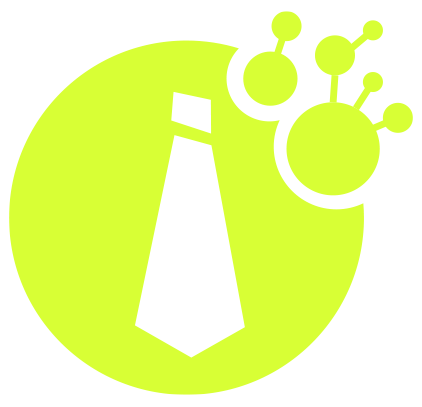A common denominator throughout every successful organisation is their ability to standardise what they do. High performing businesses have manuals of standard operating procedures (SOPs) that they abide by to give their business identity and establish a uniform way of doing things.
Marketing funnels work in the same way. They provide a kind of “standard operating procedure” (SOP) for your marketing and sales.
They are the blueprint for your lead ecosystem and help you to understand how to relate to your audience at every stage of the buyer’s journey. Marketing funnels describe your customers’ journey, from the moment they first learn about your business, to the moment that they purchase, and beyond.
One of the most overlooked aspects of a marketing funnel is the fact that everyone goes through them at the same pace – but not all at once. Your leads (and customers) go through your funnel over a set period. The beauty of this is that it allows you to set up “checkpoints” throughout your campaign to see how people are engaging with your messaging.
The biggest advantage by far of a marketing funnel compared to a traditional campaign is that it can all be automated. This means you can be out of the office and your marketing funnel will continue to chug along, turning visitors into leads, leads into customers and customers into evangelists.
Contrast that to a manual sales process such as a product launch campaign. It takes a huge amount of time and energy, which, if you’re running multiple product campaigns every year, the time and energy commitment will stifle your ability to grow your business or work on new projects.
Rather than developing a new lead process flow for each campaign, you’ll put in the work once to create your marketing SOP – your high-performing automated marketing funnel – and reuse it again and again. Take the time to design and set up your marketing funnels correctly before you standardise them, then let them continually sell for you while you focus on improving other aspects of your business.
Another huge benefit that stems from automation is scalability. Since you aren’t limited by your own energy and time, you can sell to ten or ten thousand people with the same amount of effort. And as soon as you hit upon the right traffic source that constantly turns leads into customers, you can transform your funnel into a serious marketing engine. In goes the fuel and out comes the sales.
Funnels allow you to go through each step, make sure everything is performing as expected, and correct course where needed. Compare this to an email blast, where the email has one chance to make a successful impact. You can use the fact that these funnels are broken into a series of steps, like a checklist, to your advantage – looking at each point along the process to see where you can improve. Maybe your fourth email isn’t getting opened? Maybe landing page number 4 has low conversion rates?
With an automated funnel, every day brings another chance to improve your messaging and optimise your marketing. And just like any other SOP in your business, the better you define your marketing, the more you can improve it.
I hope you have enjoyed reading this post on Marketing Funnels. If you want to discuss how to deploy and manage marketing funnels in your organisation successfully, then you click to read more about marketing funnels and how marketing funnels can help to fill your sales pipeline.


